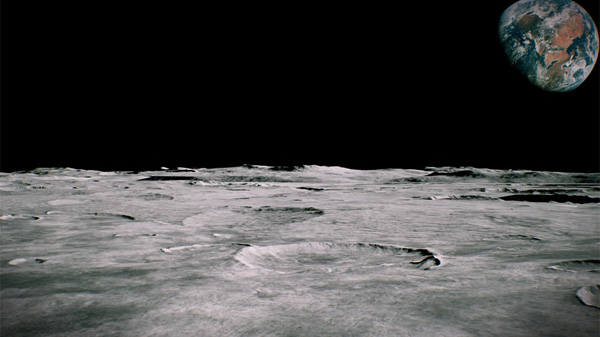Moon may contain more ice than past estimations: study

- Update Time : Thursday, 2 May, 2024, 03:14 pm
- 86 Time View

Online Desk: A recent study by space scientists from India and the US reveals evidence for a greater possibility of finding much more water-ice in the craters of the moon’s two polar regions than estimated in the past. The study suggests that the amount of sub-surface ice in the first couple of meters is about 5 to 8 times larger than the one at the surface in both the north and south poles of the moon.
Drilling on the moon to sample or excavate that ice will be crucial for future moon missions and long-term human presence on the moon. India’s first successful unmanned moon mission landed on the south pole region, which remains under shadow for most parts of the year, last year.
The study has been carried out by the scientists of the Space Applications Centre (SAC)/Indian Space Research Organization in collaboration with researchers at IIT Kanpur, University of Southern California, Jet Propulsion Laboratory and IIT (ISM) in Dhanbad.
The study also suggests that the extent of water ice in the northern polar region is twice that in the southern polar region. As for the origin of this ice, the study published in the International Society for Photogrammetry and Remote Sensing flagship journal confirms the hypothesis that the primary source of subsurface water ice in the lunar poles is outgassing during volcanism in the Imbrian period (about 3,800 million years ago). The results also conclude that the distribution of water ice is likely governed by Mare volcanism and preferential impact cratering.
The research team involved in the study used seven instruments comprising radar, laser, optical, neutron spectrometer, ultra-violet spectrometer, and thermal radiometer onboard the Lunar Reconnaissance Orbiter to understand the origin and distribution of water ice on the moon.
Accurate knowledge of the distribution and depth of ice-water occurrence in the lunar poles, as presented in the investigations, is crucial for constraining the uncertainties in selecting future landings on the moon and sampling sites for missions aimed at exploring and characterizing lunar volatiles.
The study also supports a previous study of ISRO pointing to the possibility of the presence of water-ice in some of the polar craters, utilizing polarimetric radar data from India’s second unmanned moon mission’s dual-frequency synthetic aperture radar instrument in 2023.
















